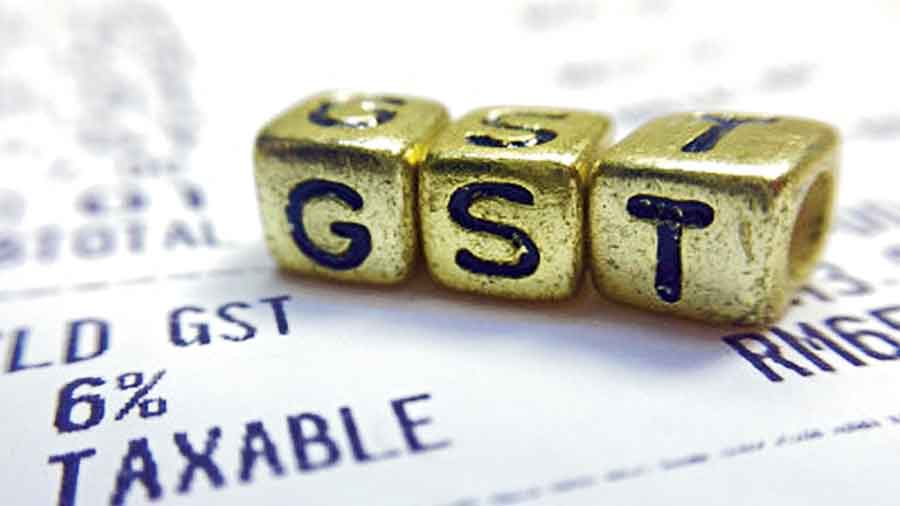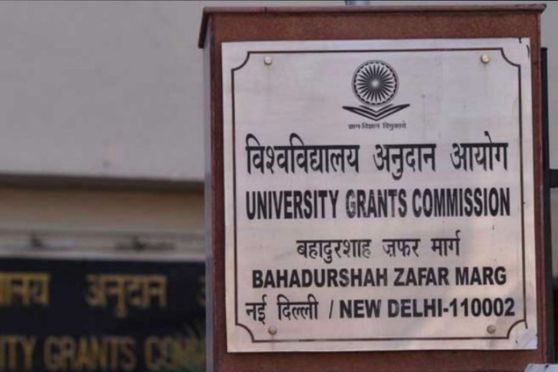GST officers are using data analytics to ascertain if the entire supply chain in a particular sector is paying adequate GST or if there is a missing link, an official said.
With GST evasion of over Rs 1 lakh crore detected in the last fiscal ended March 31, the Directorate General of GST Intelligence (DGGI) has stepped up efforts to catch evasion at the initial stage itself so that compliance improves.
"We are using 'end-to-end' analytics for a sector and 'gap analysis' of the taxes paid in a supply chain to ascertain if the entire value chain is paying adequate GST or if there is a missing link," the official told PTI.
The data analysis includes comparisons of the tax payment profile of a particular sector vis a vis the erstwhile excise and service tax regime.
"Now that GST system has stabilised, the effort is to further streamline it. We want to ascertain if all the sectors which are covered under GST are paying their due share of taxes," an official said.
After the analysis, if the department finds that some changes are required in law or tariffs to check evasion by increasing compliance, then it would be presented before the Council for approval.
If a sub-part of any sector is not paying taxes in the value chain and there is a case of evasion, enforcement action could be taken, the official said.
"Data analytics is a time taking process, but this is required to check GST evasion at the manufacturing stage itself. It will help increase revenue collection while ensuring that compliance improves,” the official added.
AMRG & Associates Senior Partner Rajat Mohan said DGGI has been empowered with numerous technology tools to identify high-risk sectors that are not capturing the true value addition in the entire supply chain leading to pilferage of taxes.
GST evasion detection by tax officers almost doubled year-on-year to over Rs 1.01 lakh crore in 2022-23 fiscal. A recovery of Rs 21,000 crore was made by the officers of the DGGI.
The total number of Goods and Services Tax (GST) evasion cases too had gone up with about 14,000 cases detected in 2022-23, up from 12,574 cases in 2021-22 and 12,596 cases in 2020-21.
The modus operandi adopted by fraudsters included short payment of tax by undervaluing taxable goods and services, wrong availment of exemption notifications, wrong availment of the input tax credit, non-payment of tax on supply of taxable goods and services (clandestine removal), and fraudulent availment of the input tax credit on the basis of invoices from fake firms.
In a reply to the Lok Sabha last month, the Finance Ministry said total GST evasion detected between July 2017 to February 2023 was close to Rs 3.08 lakh crore, of which over Rs 1.03 lakh crore was recovered. GST authorities arrested 1,402 persons for evading taxes in the last five-and-a-half years till February 2023.
Except for the headline, this story has not been edited by The Telegraph Online staff and has been published from a syndicated feed.











